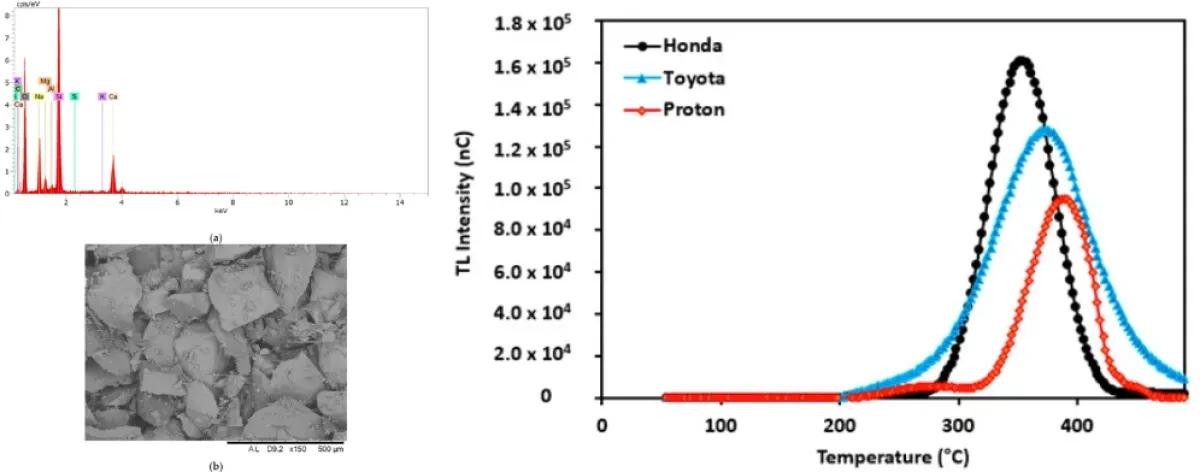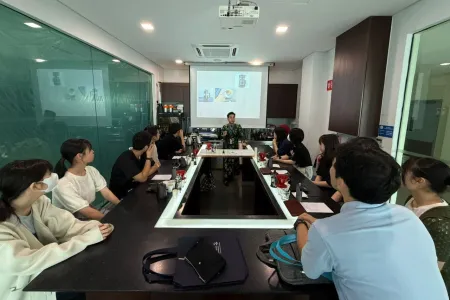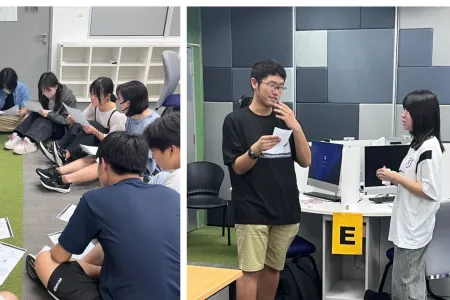Researchers from Sunway University Demonstrated Effective Means for Post-nuclear Accident Radiation Dose Reconstruction
The ability for high economic growth places considerable demand on developing abundant sources of energy, to be delivered 24 hours per day. In this, many countries have focused on nuclear power to provide for sustainable energy generation. In spite of the huge benefits that can be accrued from nuclear energy, there remain risks that mainly come from managing the nuclear fuel cycle, with possible natural or technical failures impacting on the power plant. If so, it is necessary to assess the emission and deposition of radioactive materials into the surrounding environment, intended to help understand radiation exposures to workers and the public, also in taking remediation measures.
With it being typical for motorised vehicles to be parked at fixed but increasing distances within the locale and periphery of the industrial environment, including at the nuclear installation, this study investigated the potential for use of car windscreens for post-accident dose reconstruction from unplanned nuclear events and natural disasters, also unexpected events from large‐scale use of radioactive and nuclear materials. In this regard, a convenient ‘thermoluminescence’ technique has been employed.
The study, sampling Toyota and Honda windscreens, has shown that these can be successfully used in reconstructing the radiation dose to humans and surrounding media, even after a period of four weeks of the accident. In particular, this work demonstrated that car windscreens can be used as a retrospective accident dosimeter. By adopting the demonstrated technique, national agencies can obtain actual information on the radiation dose to the public and workers, and then take necessary remediation actions.
Read the detailed research here.






